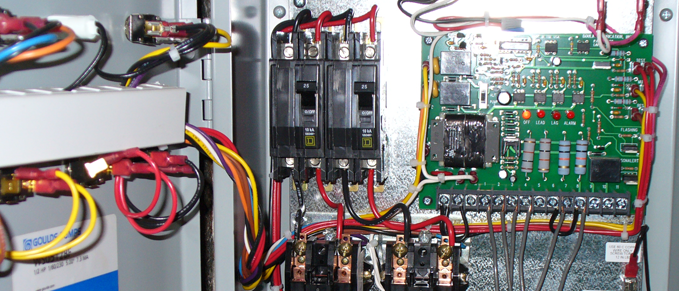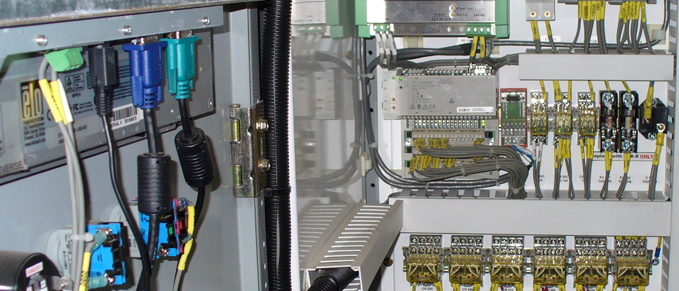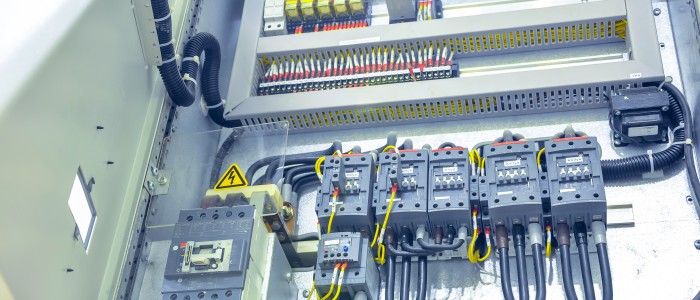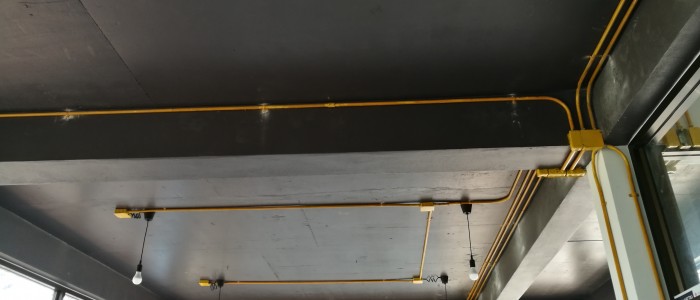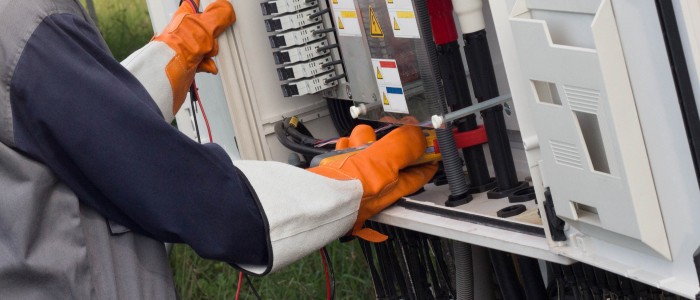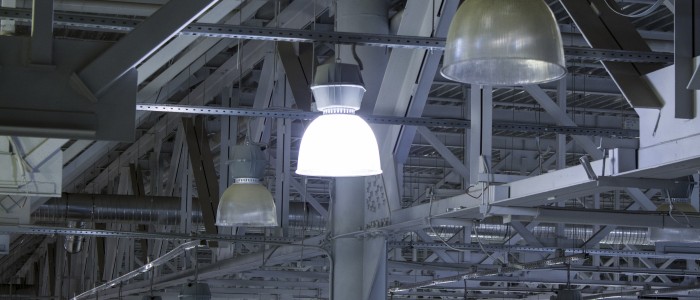Most people have experienced the familiar light flicker that comes along with a power surge. Though most homeowners think of power surges as little more than an everyday annoyance, the truth is that power surges can actually be much more dangerous than we think.
But what exactly is a power surge?
How can home and business owners protect themselves?
Read on to learn three things everyone should know about power surges.
A power surge is a quick spike in your power usage. A power surge is basically a single second in which you use much more power than your outlets can handle. It can occur for a number of reasons, ranging from starting a large number of high-energy devices at a time to a lightning strike. A power surge is more likely to occur if you live in an older home or one with faulty wiring.
A power surge can damage your appliances. Power surges can be extremely dangerous to both your appliances and the structural integrity of your home. Frequent power surges can trip the wiring in your household appliances, making them useless. In the most extreme of cases, power surges can even start a fire in your home.
A surge protector won’t fully protect you. Unfortunately, most commercial surge protectors are too weak to withstand a power surge if your home is struck by lightning. Power surges resulting from the overuse of electronics can also override most surge protectors. Look for a surge protector that can withstand surges of “600 joules” or more for the best protection. If you live in a home that has older wiring or you’re always using powerful electronics, regular inspections from an electrician in Feasterville-Trevose, PA, can help to keep your family safe.
Now that you understand why power surges are dangerous, let’s go over a bit of information you need to know in order to protect your home or business after seeing damage from a power surge.
How Often Do Power Surges Occur?
Power surges occur when an electrical current in your system is stopped and subsequently restarted. This interruption can send voltage backwards into your system, which can damage your home or business’s electrical system. Surges can range in voltage from a few volts from a household appliance to tens of thousands of volts in the event that a lightning bolt strikes your transformer. This means that how you use your appliances and how you’ve set your home up both play a major impact on how many power surges you’ll deal with.
Every year, thousands of homeowners deal with power surges. The frequency that you’ll see power surges in your home will vary depending on where you live and the precautions you take against internal surges. More than 50 percent of power surges seen in the country are internal surges, so taking steps to have an electrical inspection in Montgomery County performed on your home regularly can help you avoid future power surges.
How Can I Tell if There Was a Power Surge?
If you aren’t sure if a power surge occurred in your home, look for these common signs:
- A device that will not turn on or that doesn’t seem to be responding correctly.
- Clocks that are stopped or flashing.
- A surge protector strip that requires a reset.
In some extreme cases, you might also notice a burnt smell near an appliance that has withstood a power surge. If you believe that there has been a power surge in your home, call for an electrical inspection to ensure that your home’s system hasn’t been damaged and is still safe to use.
Keeping your electrical wiring up-to-date and safe can help limit damage from power surges. Does your home or business need electrical work or a wiring inspection? A-1 Electric has got you covered! No matter if you’re in need of a simple home inspection or you need new parking lot lights in Philadelphia, the team at A-1 Electric can get you the fast, professional service that you need!





